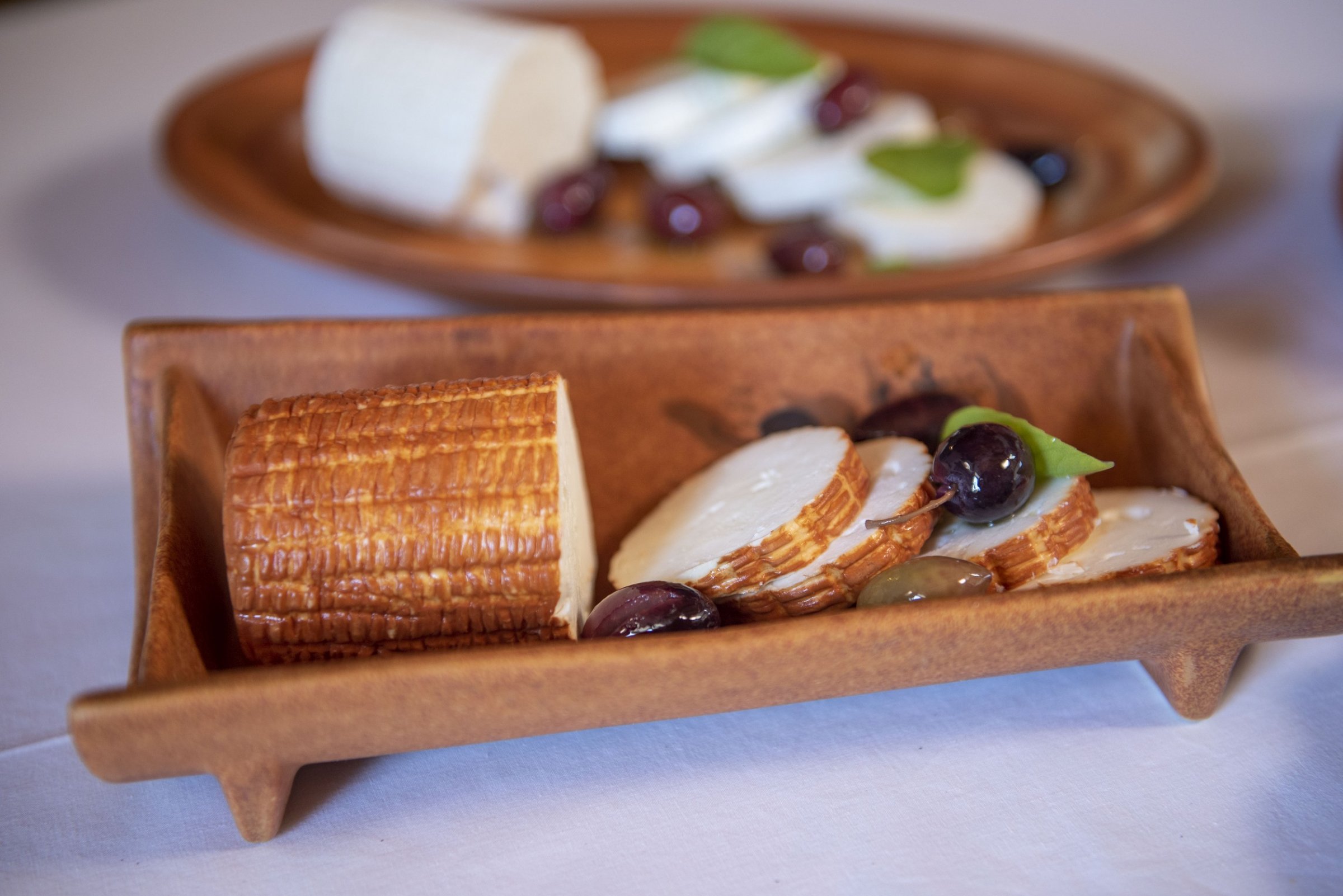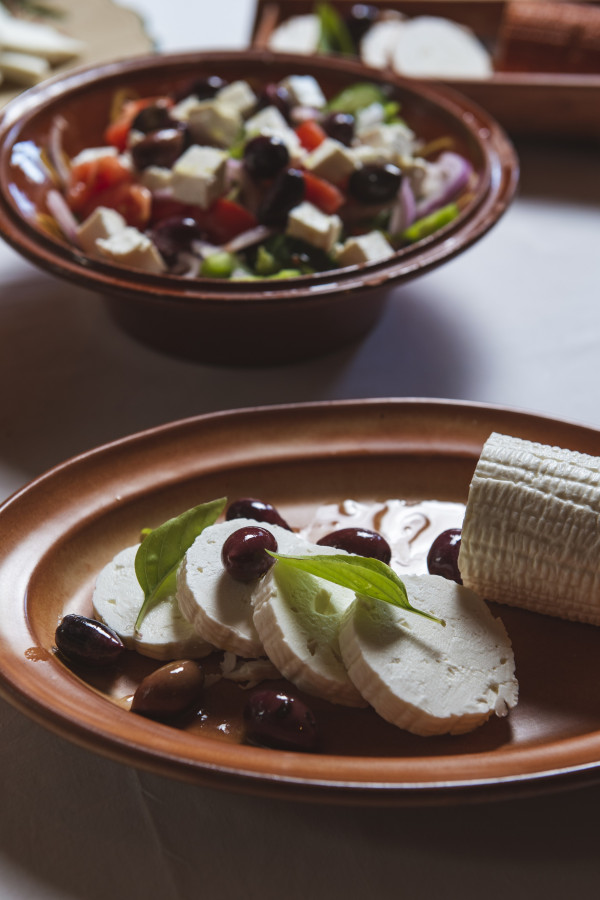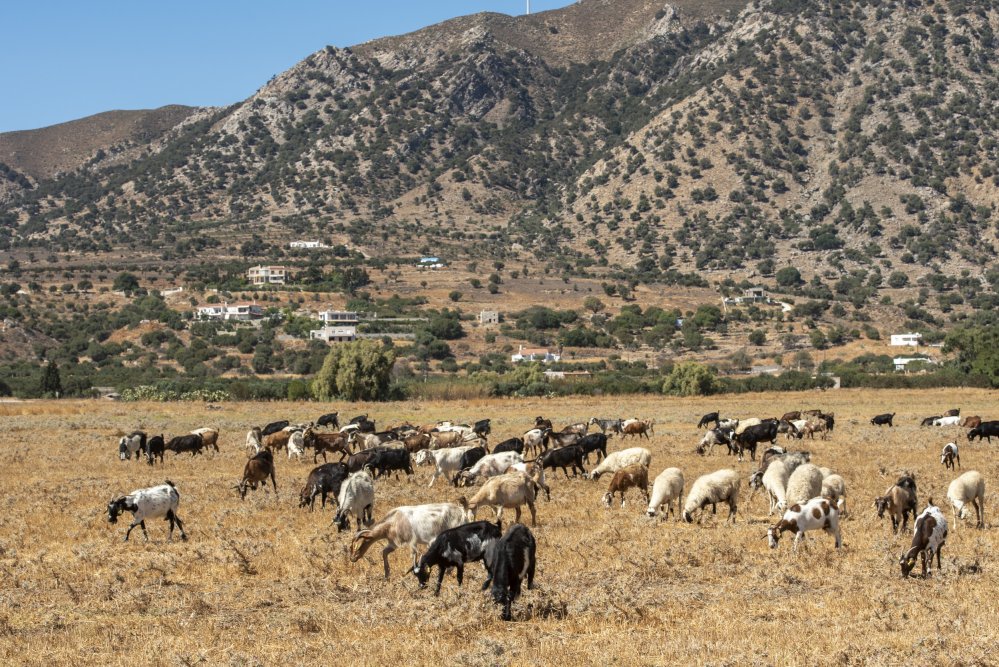Kos presented a very developed livestock farming activity; there used to be a large production of local cheese (white cheese and mizithra), using large cauldrons. Today, the wine cheese of Kos is available, standardised, on the local market and is also offered in several restaurants or traditional taverns as a treat. Apart from a distinctive place in wine and cheese platos, krasotyri can also perfectly accompany watermelon, melon or grapes and wheat bread!
Local cheese farms boast a variety of high nutritional value products too: pasteurised or fresh milk, cheese dipped in honey instead of wine, cheese with truffle, top quality 24th maturation gruyere with a layered flavour, drained yoghourt with a characteristic dense texture, local gruyere with pepper or truffle, kefalotyri cheese and many other dairy goodies, are available to visitors in the island's market, grocery stores and larger supermarkets.





